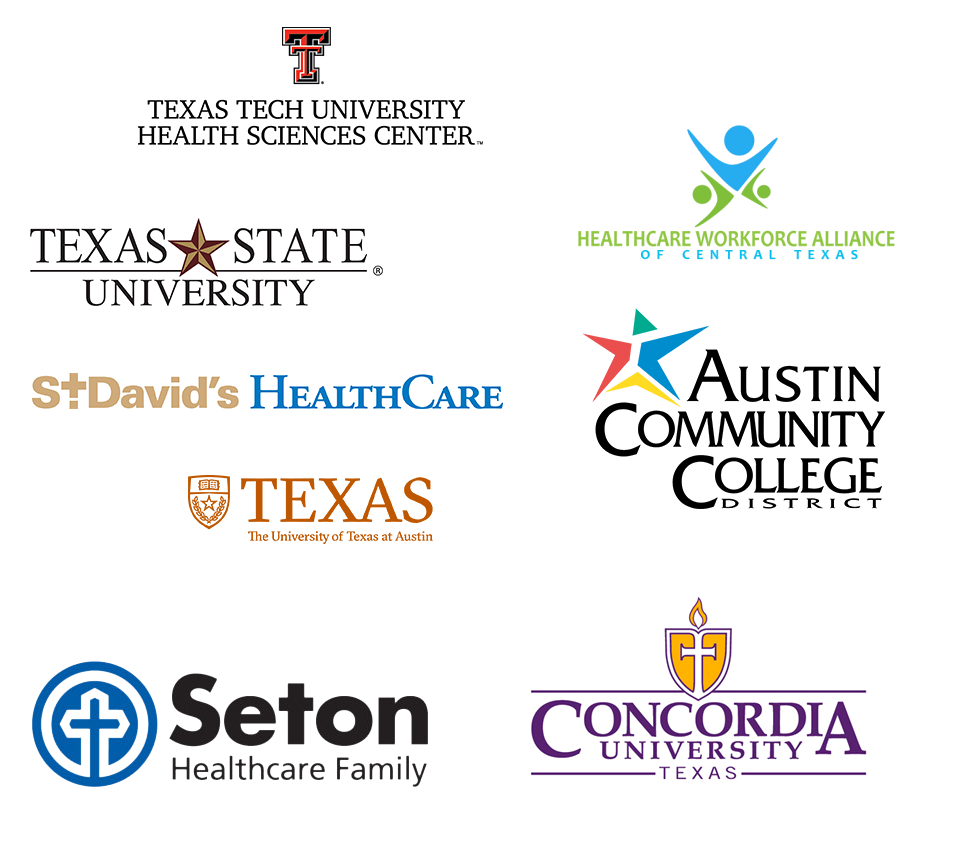Abstract
Nursing shortages, fiscal restraints, complex healthcare organizations and regulations, increasing patient acuity and the explosion of knowledge and technology have increased the need for nursing graduates to arrive in the work setting with the ability to move quickly into practice. Nursing residency programs were designed to facilitate the complex process that prepares new graduate nurses for practice, taking the novice nurse from a beginner to more competent provider. Nursing residency programs last anywhere from six weeks to six months and are estimated to cost around $65,000.
Historically there has been a gap between nursing schools and hospitals on how well prepared graduate nurses are when they reach this critical juncture. Due to recent changes in Medicare and Medicaid reimbursement nurse residency programs have an increased focus on two particular areas: 1) Competency in customer service; and 2) the nurse’s role in compliance with core quality measures. Healthcare organizations feel these topics are not adequately addressed in nursing programs but could be included integrated into competency-based curriculum and would align well with patient-centered care and evidence-based practice content. Collaboration between nursing schools and hospitals on these priority topics could close these gaps and speed transition to practice, saving time and money.
Approach
The aim of this project is to identify gaps in customer service skills and core quality measures in new graduates and nursing residents and develop an assessment tool specifically designed to measure competency in these two high priority areas. Currently a tool that addresses these topics does not exist. There will be extensive collaboration between the participating nursing schools, two major hospital systems and their education and management staff. Focus groups involving administrators, educators and new hires with varying years of experience will be conducted to identify key concepts and constructs related to the study competencies.
The individuals and organizations participating will help to define gaps, define competencies and provide perspectives on the new graduate and nursing residency experience. This data will be used in the assessment tool development. After the measurement tool is developed and implemented, curriculum will be designed and implemented by the participating nursing programs. The goal of the project is to increase competency in the new graduates and new hires in the two topic areas. This will allow for reduction in time and cost of ensuring competency in the residency program. The assessment tool and curriculum will be made available to any interested school of nursing or healthcare organization. Consultation on use of the tool and the process will be provided through onsite visits or a web-based tool kit to increase spread and sustainability of the project
Conclusion
The tools developed and the information obtained from this project will be generalizable to healthcare organizations and schools of nursing across the country. This project is unique in its innovative and cooperative structure and could be used as a model by other organizations seeking to bridge the gap in preparing nurses for practice and for ensuring high quality in evidence-based practice and excellence in customer service.



